VET APPROVED

The information is current and up-to-date in accordance with the latest veterinarian research.
Learn more »Click to Skip Ahead
Growing and using herbs to cook is one of life’s simple pleasures, but unfortunately, cats love to nibble on plants. Because they’re so curious, keeping them from getting into every plant in your home or garden can be nearly impossible. It’s often easier (and safer) to avoid planting or keeping toxic plants in your home.
Several fresh herbs you can plant, such as basil and dill, are generally fine for cats to occasionally eat. However, even though a plant isn’t toxic, it doesn’t mean it’s a good idea for cats to eat it since non-toxic plants can make them ill. Keep reading for a run-down on herbs that are safe for cats and which to avoid.

The 7 Herbs That Are Safe for Cats
1. Rosemary
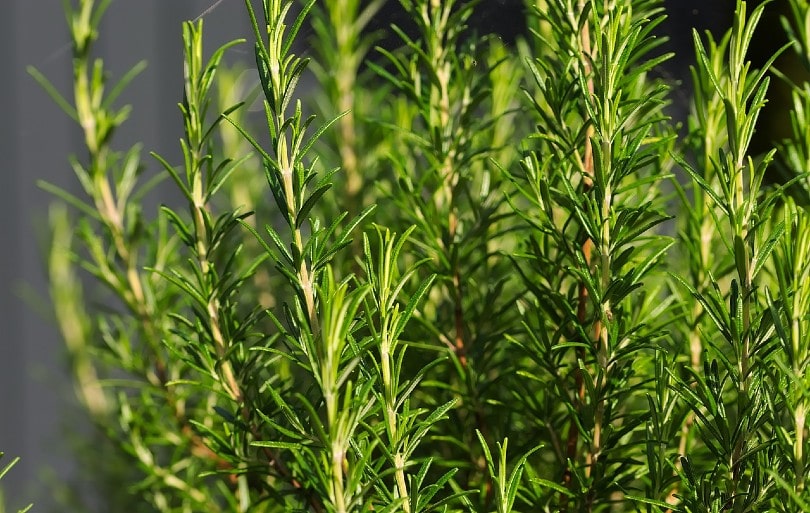
Rosmarinus officinalis isn’t toxic to cats, but many cats dislike the smell of the plant, so there’s a good chance your buddy will simply take a sniff and move on. They’re evergreen perennials that are native to the Mediterranean region. Rosemary is often used to flavor fish, chicken, and lamb dishes and is added to soups and salad dressings. The plants have thick, woody stems that aren’t designed for cats to munch on them.
2. Basil
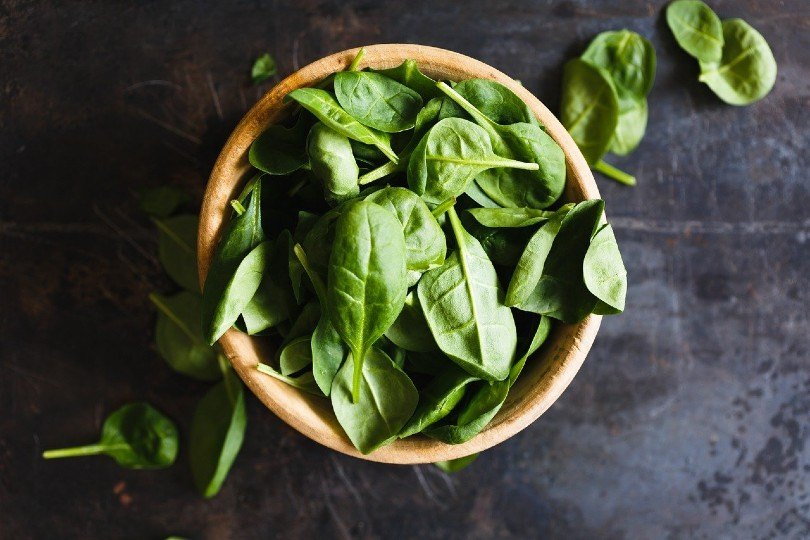
Ocimum basilicum is basil’s official name, and it’s a member of the Mint family. The genus has dozens of species, including Sweet, Genovese, Lettuce, and Purple basil. The herb has been grown for more than 5,000 years and is still commonly found in kitchens and gardens worldwide. It’s often added after dishes are cooked to preserve its intense flavor. Ancient Egyptians used basil for embalming.
3. Cilantro/Coriander
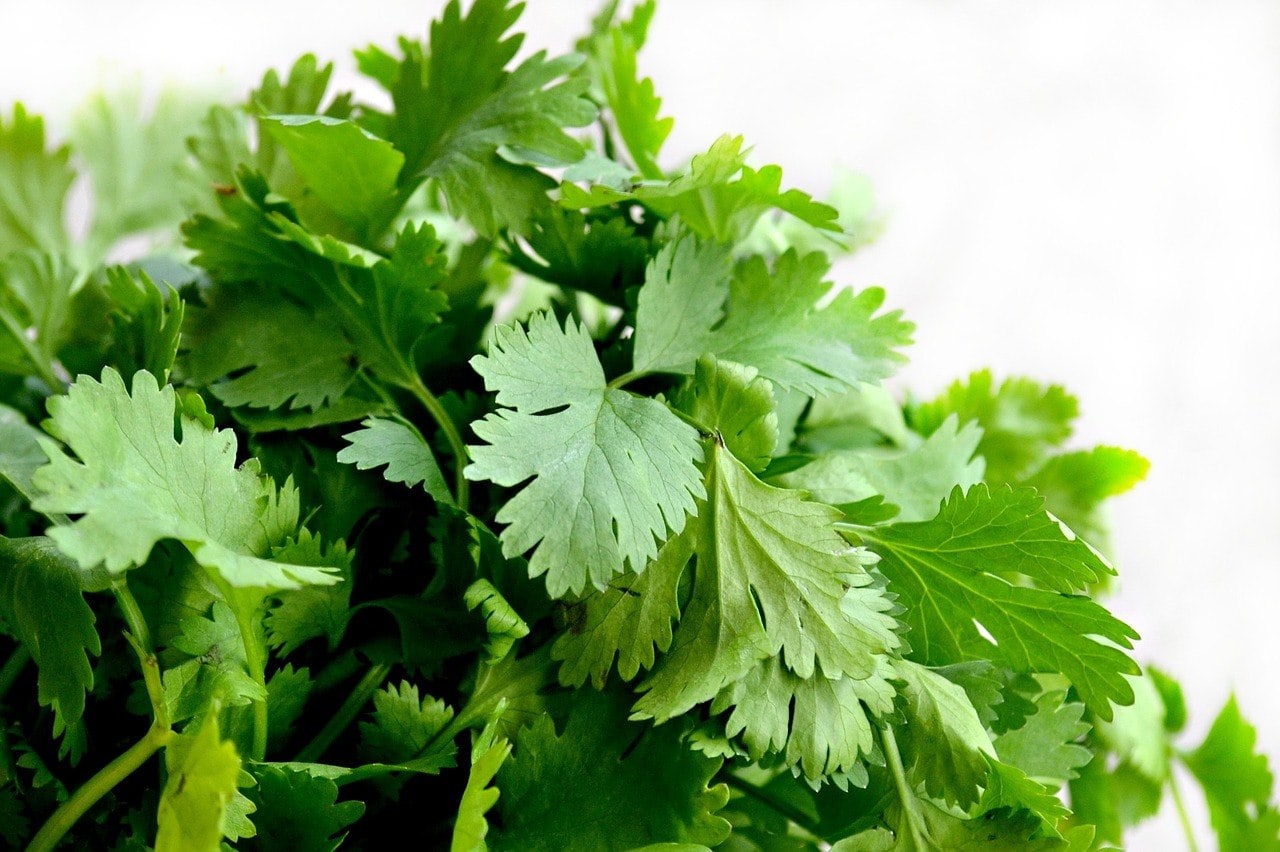
Coriandrum sativum is an incredibly popular aromatic herb that grows relatively easily in outdoor gardens. Some people love the plant’s summery taste, but others describe it as reminiscent of soap and old dirt. Both cilantro and coriander come from the same plant. In the United States, the leaves are called cilantro, while the seeds are known as coriander.
4. Dill
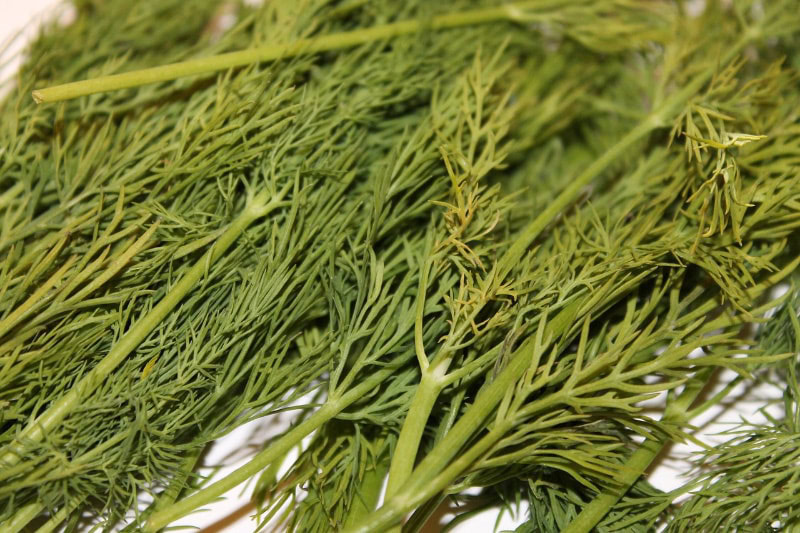
Anethum graveolena, or dill, is a delicate herb with a savory flavor that many cats enjoy. While it’s okay for cats to have a bite or two of dill if they’re interested, they should only be allowed to enjoy it in moderation. Dill is native to areas around the Mediterranean and parts of western Asia. It’s commonly added to salads and seafood dishes and blended into dips and salad dressings. It was used in the Middle Ages to keep witches at bay.
5. Sage
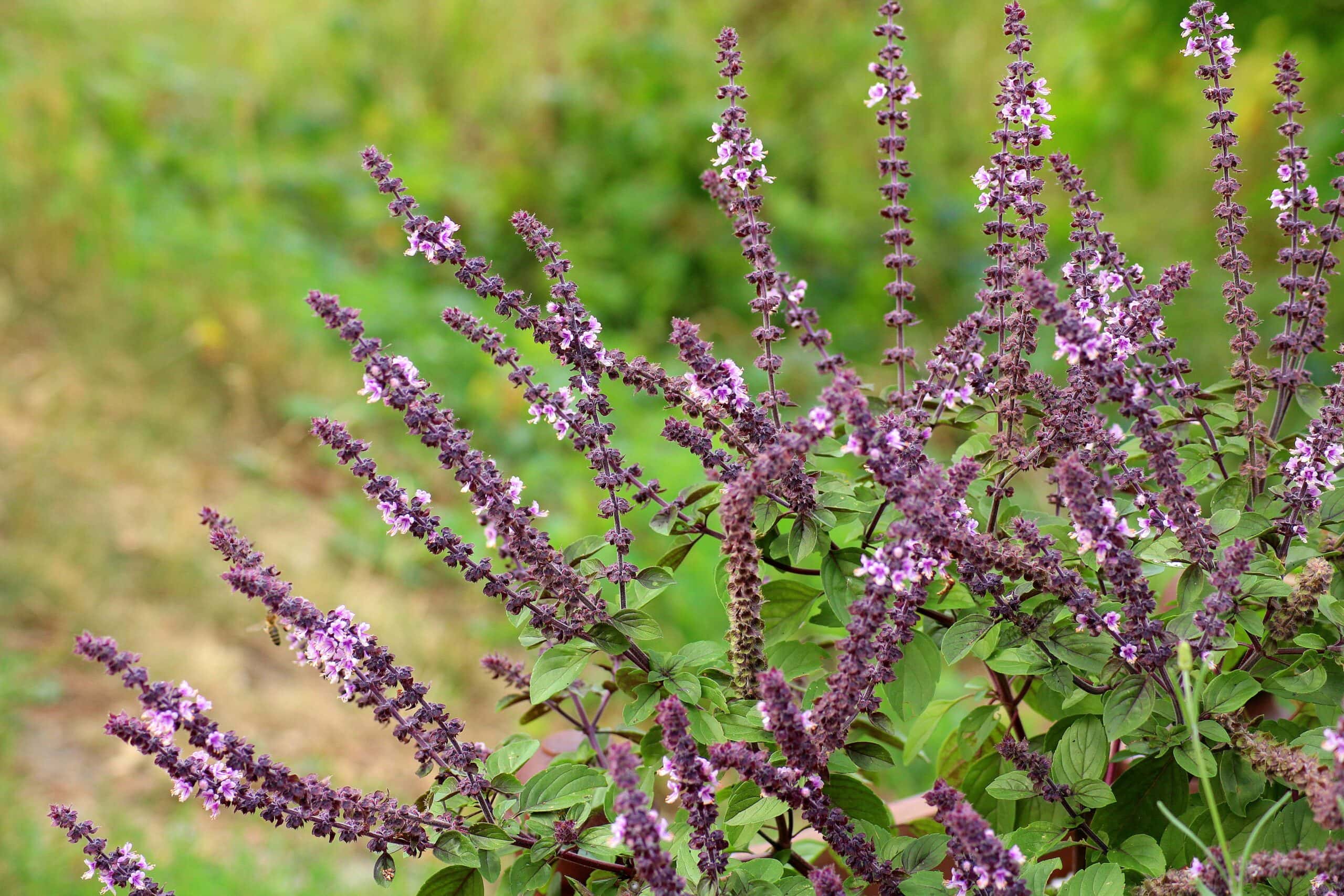
It’s also perfectly fine if your pet takes a nibble of sage since it’s not toxic to cats. Sage is officially known as Salvia officinalis. It’s an incredibly popular herb that thrives indoors and outdoors. It’s native to the Mediterranean and commonly used to season sauces and marinades. Sage plants can reach heights close to 2 feet and have white, purple, or red flowers.
6. Thyme
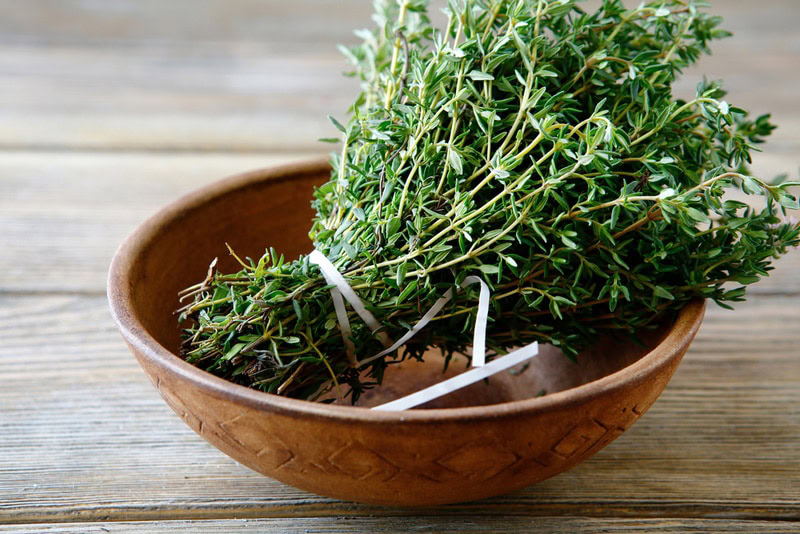
Thymus vulgaris, or thyme, is a tiny shrub with woody branches that sprouts small green leaves and, eventually, tiny white or purple flowers. It’s often used to season chicken, fish, and various types of meat. It’s generally described as having a slightly minty yet earthy taste. Although it’s safe for felines to eat thyme, most are repelled by the pungent aroma.
Knowing exactly what your feline companion can and cannot eat will help you become the best pet parent. Recognizing that not all cat bowls are equal is also key! The Hepper NomNom Cat Bowl sets itself apart from traditional options by catering to the specific needs of cats. The innovative design offers whisker relief via shallow dishes and promotes digestion with a slight bowl elevation. Find out if the Hepper NomNom is right for your cat by clicking here. At PangoVet, we’ve admired Hepper for many years and decided to take a controlling ownership interest so that we could benefit from the outstanding designs of this cool cat company!

The 8 Herbs to Avoid
The following herbs are considered toxic to cats. Most cause gastrointestinal problems, such as diarrhea and vomiting, when eaten in large quantities. Others have the potential to cause more serious problems. Contact your veterinarian for guidance if you see your cat take a nibble of any of these plants or a bite of a dish seasoned with one. Tell them precisely what your cat ate, when they consumed the herb, and if you’ve observed any signs such as lethargy, weakness, hiding, vomiting, or diarrhea.
1. Lemongrass
Technically known as Cymbopogon citratus, lemongrass can disrupt a cat’s stomach, and ingesting the herb often causes vomiting or diarrhea. It’s native to parts of South Asia but is now found in tropical areas worldwide. Lemongrass has a sharp, fresh scent and is a member of the grass family. Lemongrass plants and oils should not be displayed or used in homes with cats.
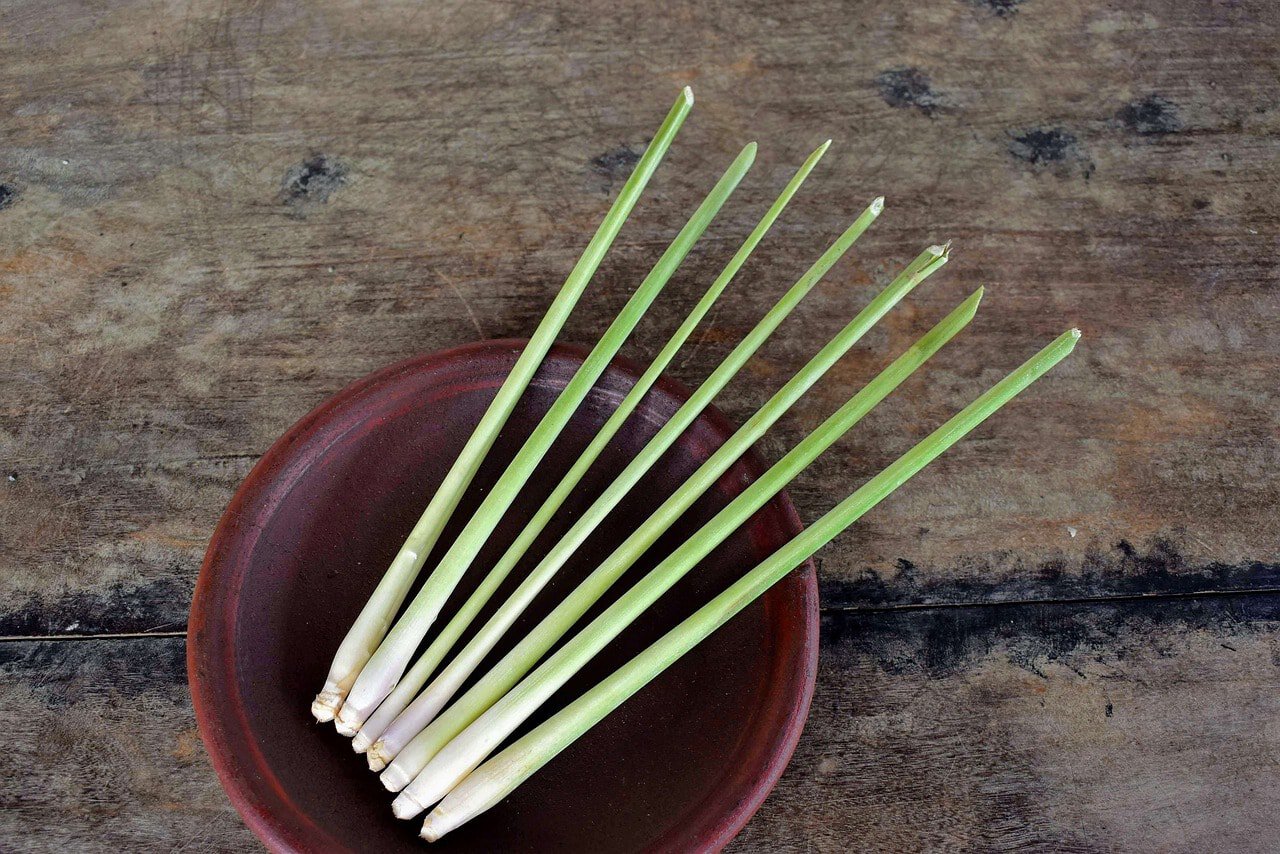
2. Parsley
Petroselinum crispum, or parsley, is harmful to cats; it can cause photosensitivity and skin irritation. According to the ASPCA, pets would need to eat a substantial amount of the herb to become ill. Parsley is a member of the same family as carrots.
3. Bay Leaf
Bay leaves aren’t really herbs. They’re actually laurel tree leaves, but they can cause cats to vomit or have diarrhea. Because they’re so thick and difficult to digest, eating large portions can cause abdominal obstructions. Most cats are not attracted to the dry leaves dropped in soups and stews, but a bay tree in your yard should be removed if your cat plays outside.
4. Marjoram
This subtle herb’s scientific name is Origanum majorana, but it’s also called pot marjoram, knotted marjoram, and sweet marjoram. It can cause vomiting and diarrhea in cats. The herb is native to the Mediterranean and is part of the mint family. Like oregano and other aromatic herbs, most cats are not attracted to the dry varieties but may be tempted to nibble on the fresh leaves.
5. Oregano
Also known as Origanum vulgare hirtum, oregano is another herb that can cause digestive issues if a cat consumes too much. It’s closely related to marjoram and is sometimes called wild marjoram in areas where both grow natively. Although oregano and marjoram look similar, oregano usually has a bolder taste than its close relative.
6. Mint
Run-of-the-mill mint, or Mentha, can cause cats to have gastrointestinal problems, particularly if they eat too much of it at once. While the herb’s fresh, slightly spicy taste is a perennial human favorite, it’s not something kitties enjoy. It’s often added to dental care products for humans and pets, but you should avoid buying mint-flavored treatments unless your veterinarian clears them.
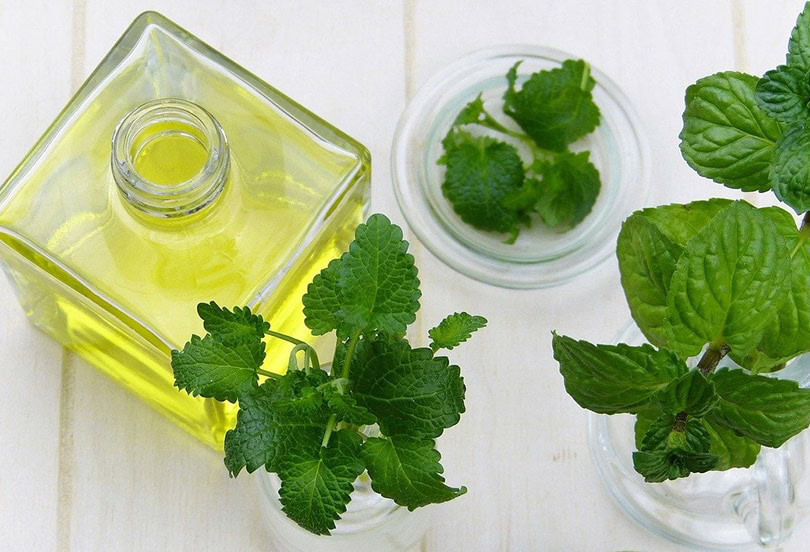
7. Tarragon
Taragon’s official name is Artemisia dracunculus, but it’s also known as French tarragon and estragon. It can cause vomiting and diarrhea in cats, but the reactions are usually mild. Tarragon is found in temperate areas of Europe, Asia, and North America, but it’s native to Siberia. It is a member of the same family as sunflowers.
8. Chives
Chives, or Allium schoenoprasa, are toxic to cats, like most allium family members, including onions, leeks, and garlic. Signs of allium poisoning include vomiting, lethargy, weakness, bloody urine, panting, and a fast heart rate. Contact your veterinarian immediately if your cat ingests a tiny portion of onions, chives, or garlic. Explain the situation and tell them how much your pet ate and whether it was fresh, dried, or powdered.
While all of these are listed as unsafe for cat consumption, you might have a few more questions about herbs and their effects on cats. Contacting a vet for more information can help.

Toxic Honorable Mentions
There are also herbs, such as marijuana and St. John’s wort, that you’re not likely to encounter in gardens, but they are commonly found in supplements and have toxic properties. Chamomile and lavender are common garden plants sometimes included in herbal teas and other remedies, but both are toxic to cats.
Marijuana
Cannabis can cause significant issues if it’s ingested by cats. Signs of cannabis toxicity include lack of coordination, lethargy, low blood pressure, and excessive salivation. Some pets become sleepy, and others act anxious. Cats can become ill after eating fresh or dried cannabis. Extracts and edibles should always be kept away from cats since they contain high levels of THC.
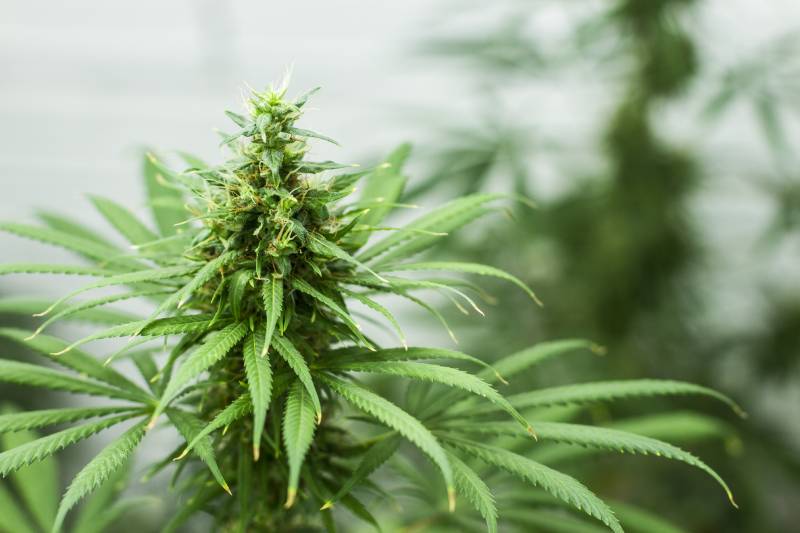
St. John’s Wort
St. John’s wort, or Hypericum perforatum, can cause photosensitivity and oral irritation in cats who nibble it. White cats may be particularly at risk when it comes to photosensitivity. The plant can also cause itchy skin in areas that come into contact with it. It’s native to Europe and parts of Asia but can now be found in North America, South America, and Australia.
Chamomile
Anthemis nobilis is often grown in gardens, but cats should not be allowed to nibble on it; the plant can cause vomiting and diarrhea. Itchy skin and other allergic reactions are also commonly seen. Dried and fresh chamomile, a member of the daisy family, can also be problematic for cats.
Lavender
Lavendula angustifolia, or common lavender, produces long purple flowers that bloom from June until August. The plant has a gentle, refreshing fragrance that often attracts butterflies and bees. Unfortunately, lavender is toxic to cats and can cause vomiting and diarrhea if consumed. Take particular care with lavender essential oils and aromatherapy products, as they can easily cause liver problems in cats. Cats are so sensitive to essential oils that they can become sick after inhaling fine droplets from infusers.
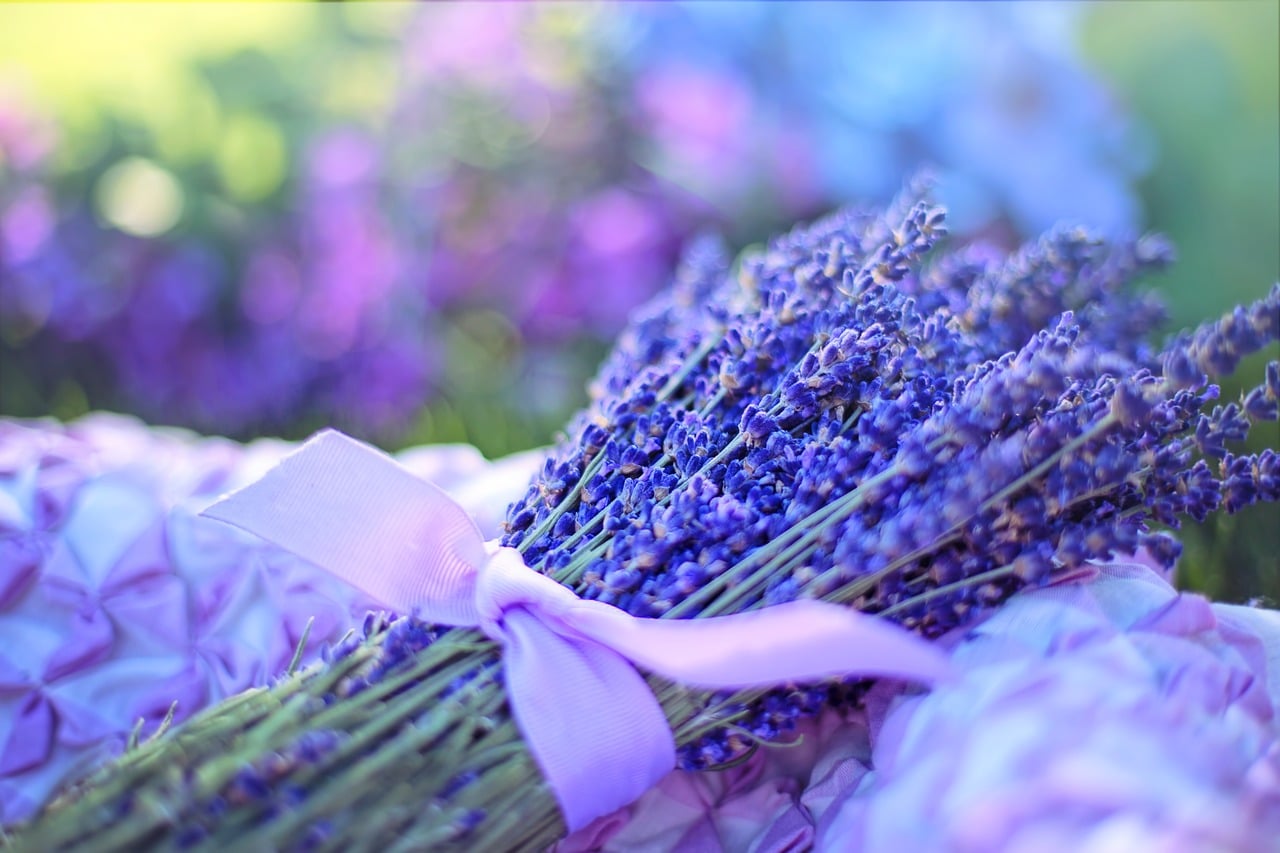

Conclusion
There are several herbs that are perfectly safe for cats to nibble on, but they should never become part of your cat’s diet. High-quality cat food and fresh water should be the core of your cat’s diet. Always consult your veterinarian before using herbal remedies, new diets, or supplements. If you’re looking for safe “herb-like” plants for your cat to enjoy, catnip and silver vine are two fantastic options.
Related Reads:
- Are Frosty Ferns Toxic to Cats? (Vet Reviewed Facts & FAQs)
- Calendula for Cats: Vet Approved Benefits & How to Use It
- https://www.aspca.org/pet-care/animal-poison-control/toxic-and-non-toxic-plants/rosemary
- https://www.aspca.org/pet-care/animal-poison-control/cats-plant-list
- https://www.aspca.org/pet-care/animal-poison-control/toxic-and-non-toxic-plants/cilantro
- https://www.aspca.org/pet-care/animal-poison-control/toxic-and-non-toxic-plants/dill
- https://www.aspca.org/pet-care/animal-poison-control/toxic-and-non-toxic-plants/sage
Featured Image Credit: Elena Pyatkova, Shutterstock
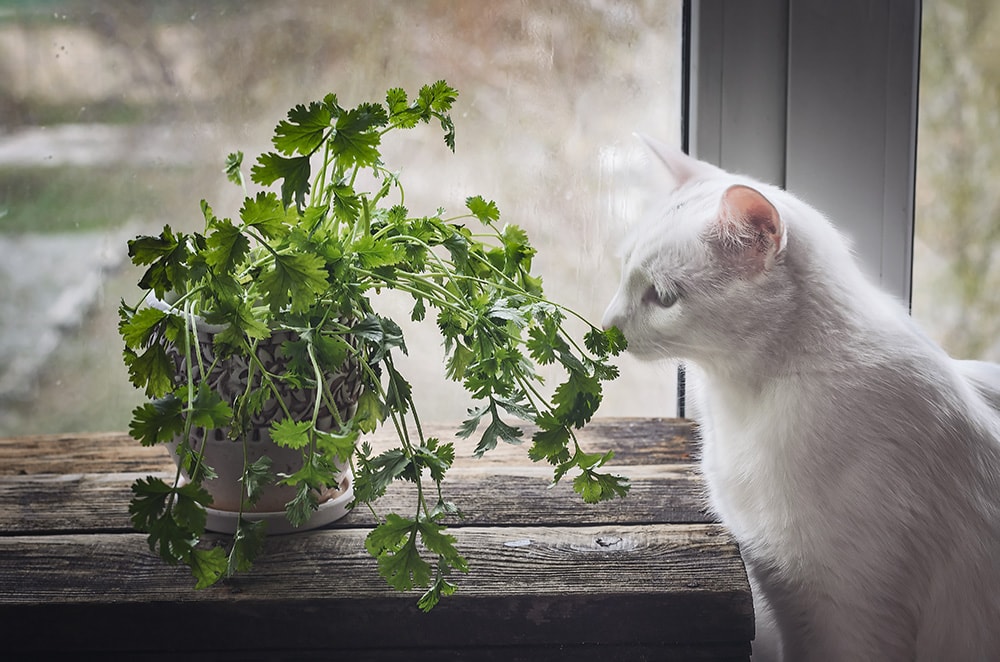







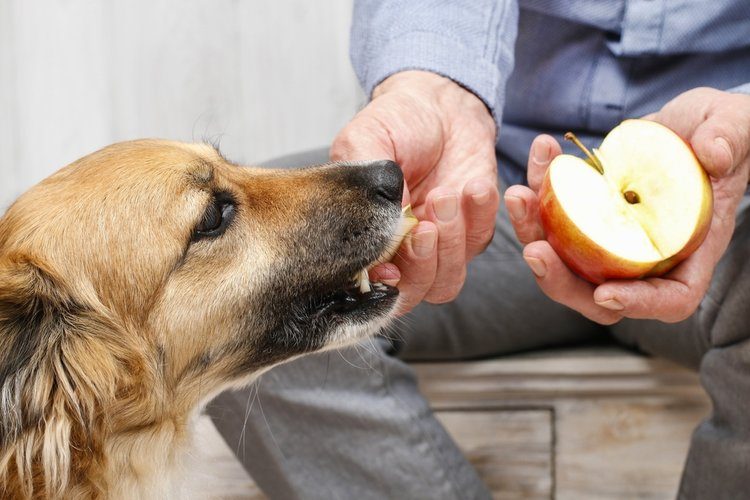
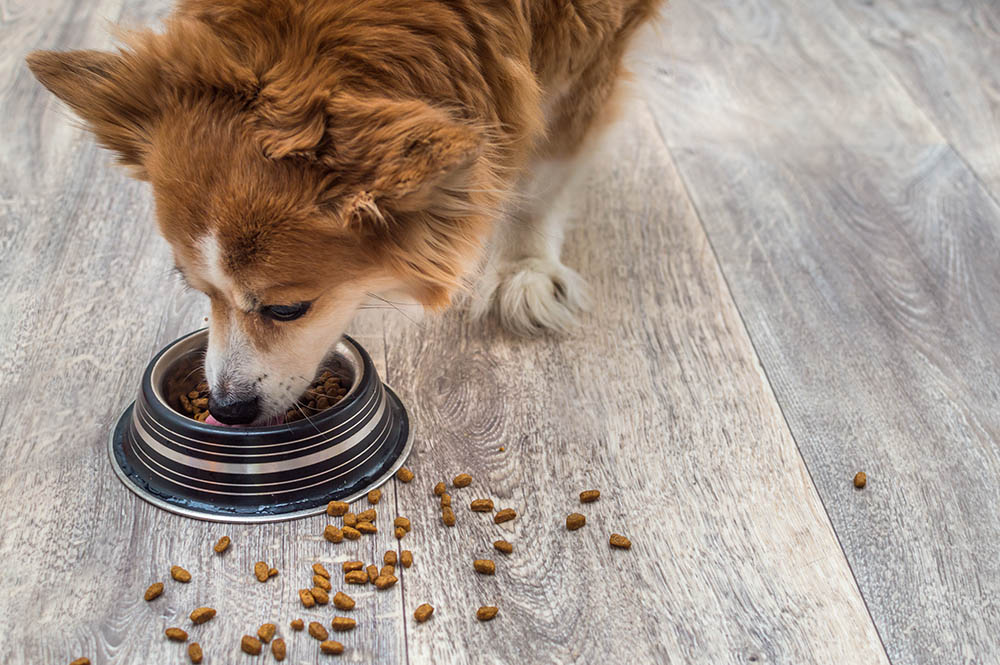
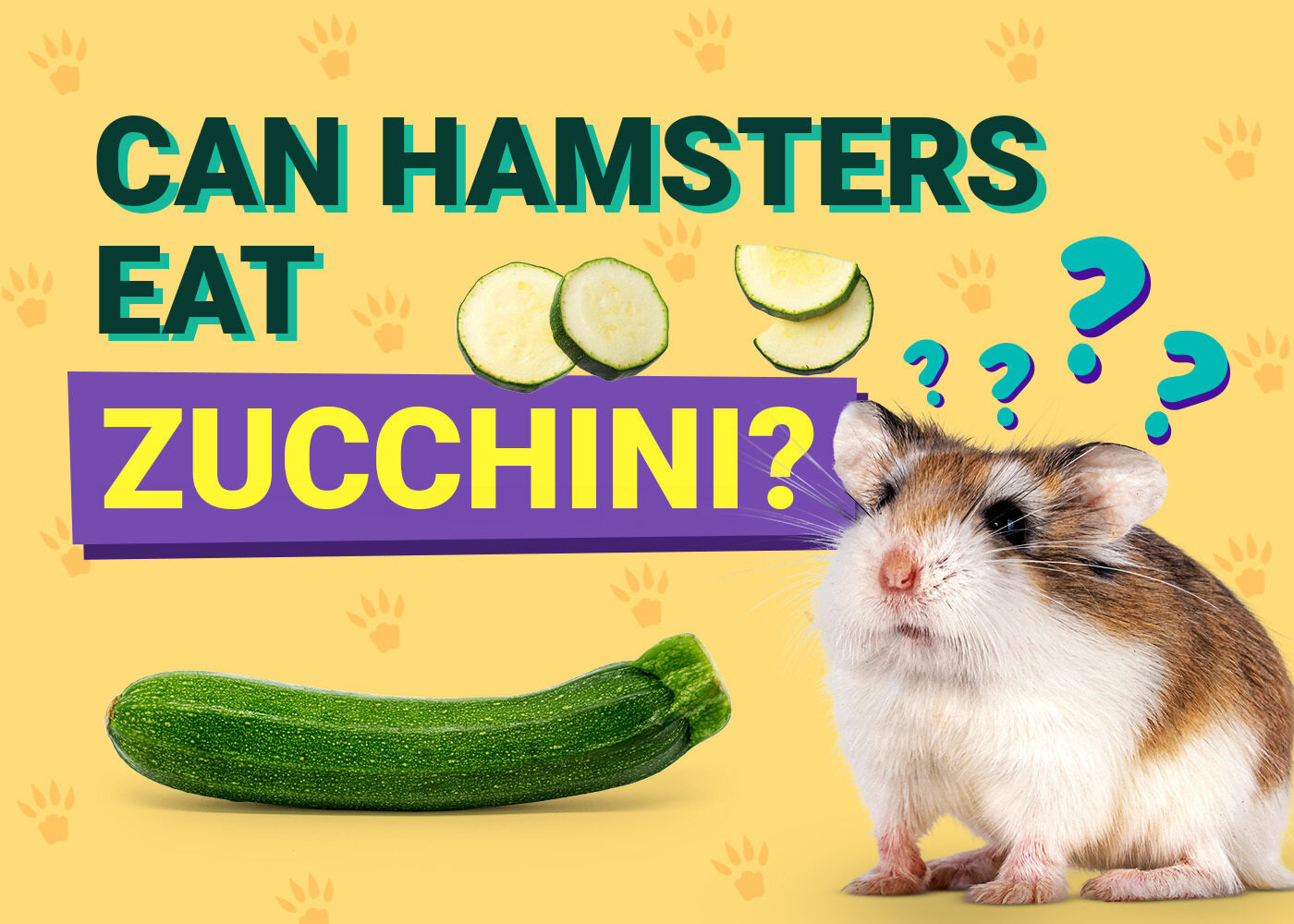



2 Responses
Thank you for the info. on herbs. Wanted to know what my cats can nibble.
Hello Carol,
you are most welcome! We are glad that you found the information in our article useful. Especially when it comes to your cat’s safety. If you would like to get more information or have any more questions, you can book a video-call appointment with one of our veterinarians at PangoVet.com. They will gladly talk with you about all the herbs and plants your cats can safely nibble on.